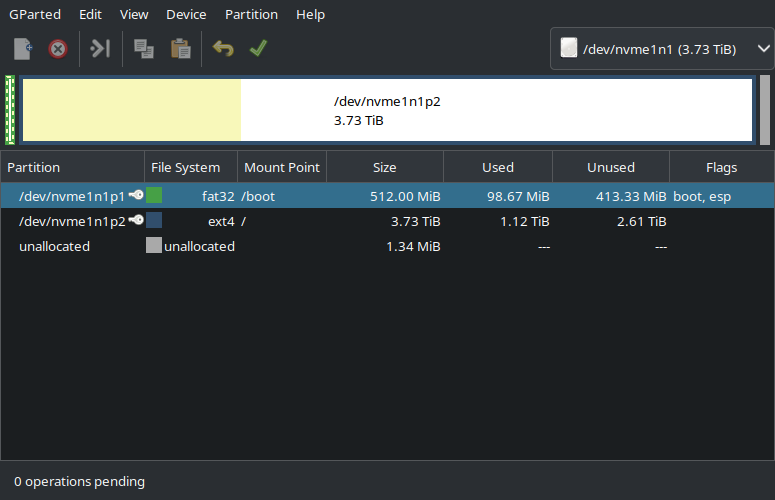

Reposted this to social media and got that pushback from my conservative friend almost immediately, it’s somewhat of a talking point.
- https://www.independent.co.uk/news/world/americas/unitedhealth-group-lawsuit-ceo-investors-mangione-b2747303.html
- https://rosenlegal.com/
- https://www.courthousenews.com/wp-content/uploads/2025/05/unitedhealthcare-shareholders-class-action.pdf
While there’s certainly nothing conclusive there, I’m not really sure I see the point? When the murder first happened, there were already all sorts of talking points about UHC having twice the national average of denials while pocketing billions in wealth and using AI.
When you ask me who is angrier and has more legal capacity to take this kind of action, I’m gonna go with the shareholders. The American people should be the angrier party, but it’s a lot more abstract for them. Shareholders lost MILLIONS. Because, as the filing says, they didn’t make appropriate adjustments to reflect the reality of that situation.
Biggest point of contention here is the language used and it’s ugly, but it’s direct. People can make false flag claims without evidence until the cows come home, but I don’t smell it here.










Reposting top level to address “false flag” claims:
While there’s certainly nothing conclusive there, I’m not really sure I see the point? When the murder first happened, there were already all sorts of talking points about UHC having twice the national average of denials while pocketing billions in wealth and using AI.
When you ask me who is angrier and has more legal capacity to take this kind of action, I’m gonna go with the shareholders. The American people should be the angrier party, but it’s a lot more abstract for them. Shareholders lost MILLIONS. Because, as the filing says, they didn’t make appropriate adjustments to reflect the reality of that situation.
Biggest point of contention here is the language used and it’s ugly, but it’s direct. People can make false flag claims without evidence until the cows come home, but I don’t smell it here.